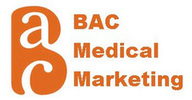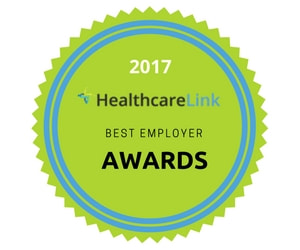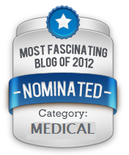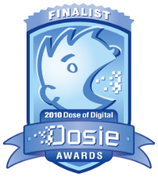Saving Nurse Ryan
Bruce C. Wilson, MD
Stress is killing us – usually slowly, but not always so. Research in this area over the past 17 years has shed quite a bit of light on what happens when the human stress response is turned on. You should first understand that the human stress response was built into us about 200,000 years ago when we were walking around in the same zip code as saber-toothed tigers. It was important to have a system that was activated immediately so that we could avoid becoming the tiger's lunch.
Until recently, we've viewed the stress response as rather simple. The nervous system squirts adrenaline into bloodstream causing heart rate and blood pressure to go up, which is good, because it allows you to run faster and potentially avoid your body parts ending up in the tiger's mouth. This is commonly called the "fight or flight" response. In the last few years, research has revealed that it's not so simple – 1400 biochemical reactions are now known to occur in the cascade of the human stress response.
We now know that many diseases are directly or indirectly associated with stress. In a recent issue of the Journal of the American Medical Association, there were three detailed articles on how stress is directly and causatively linked to the very diseases that are killing most of us. A couple of things are striking about that. First, there are no more tigers. Other than a very occasional threat to our survival (drunk drivers, criminals with guns, etc.), we don't live in an environment where we might be killed at any turn. But our nervous systems continue to express this stress response, and for lots of little things like traffic jams, family issues, budget decisions, people in front of us in checkout lines at the grocery store – you fill in the blanks. That's the second paradox; that our survival chemistry is actually killing us.
Further, we've learned that chronic stress changes our emotions, our perceptions and our performance. Job satisfaction, customer satisfaction, days off work, employee health care expenditures, occupational errors and many other things are now seen to be directly related to stress. The Institute of HeartMath in California has done much of the research you've just read about. And they've developed scientifically based, very easily learned tools to reverse stress in the moment, which is unique in that all of our other stress-breakers need to wait until later to be engaged in, leaving us to bathe in the stress response almost continually.
HeartMath tools have been taught through programs in many healthcare institutions as well as Fortune 100 companies (www.heartmath.com). Delnor Community-Hospital in suburban Chicago dropped their nurse turnover rates from 28% to 6%, saving over $800,000 in the first year and every year since (they are in their sixth year of the program). Swedish Hospital in Denver saved roughly $4M the first year. Duke, Stanford, University of North Carolina, and many other hospitals of all sizes and types are now using the HeartMath programs with similar results.
The stresses in healthcare are only going to get worse. Teaching people in the field (or any other field) to respond differently has lowered absenteeism and healthcare costs, improved job satisfaction and performance, resulted in fewer errors, and created more balance in people's lives.
About Dr. Wilson
Bruce Wilson, MD, FACC, was director of acute cardiac care at the University of Minnesota before going to the University of Pittsburgh to direct the University of Pittsburgh Heart Institute. In 1991 he returned to his home town of Milwaukee, WI, where he started a private practice in cardiology, and was chief of cardiology and director of medical education at Columbia Hospital. He is clinical associate professor of medicine at the Medical College of Wisconsin, Dr. Wilson has been giving lectures and teaching seminars on the HeartMath tools for stress reduction and better health since 1997, and helped develop HeartMath’s healthcare division. To contact Dr. Wilson go to www.heartmatters.md.
About HeartMath
Research and clinical studies conducted by HeartMath have examined emotional physiology, heart-brain interactions, and the physiology of learning and performance. Through their research they have demonstrated the critical link between emotions, heart function, and cognitive performance. HeartMath’s work has been published in numerous peer-reviewed journals such as American Journal of Cardiology, Stress Medicine, and Preventive Cardiology. HeartMath’s organizational clients include NASA, BP, Duke University Health System, Kaiser Permanente, Stanford Business School, Unilever, and Cisco Systems, as well as dozens of school systems and thousands of health professionals in the US, Australia, and Europe. To learn more about HeartMath’s scientifically validated solutions for stress or learn more about their research, explore www.heartmath.com.

 RSS Feed
RSS Feed































